Welcome to My Crib reveals the worlds behind the doors of Waterloo Architecture faculty. Today we enter the office of Donald McKay.
Previously on Welcome to My Crib, we (Sparsh & Tomoki), two daring students from BRIDGE, infiltrated the offices of various professors at Waterloo Architecture to bring you the juicy details of what sits behind office doors. This week, we shed some light on the mysterious office of Donald McKay.
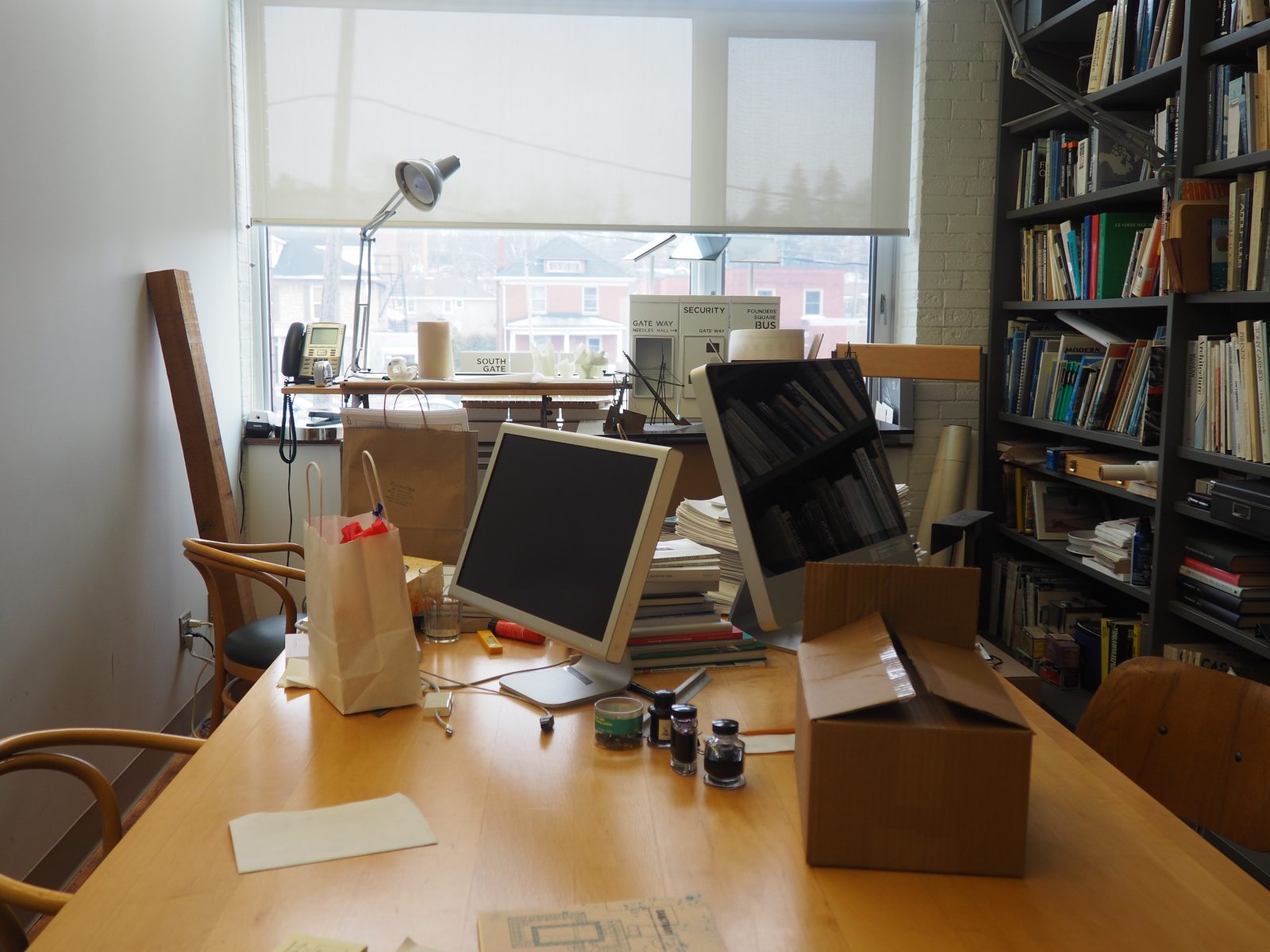
We were confident in ourselves as expert interviewers of the office-related specialization until we were face-to-face with a space of unexpected emptiness—Don’s office.
As we traversed the box-filled room, we realized it was like nothing we’d seen before. When we say boxes we mean a lot of boxes! It was hard to believe a professor’s office would have so many. We wondered if we were in the wrong room, but the poster by the door told us otherwise.
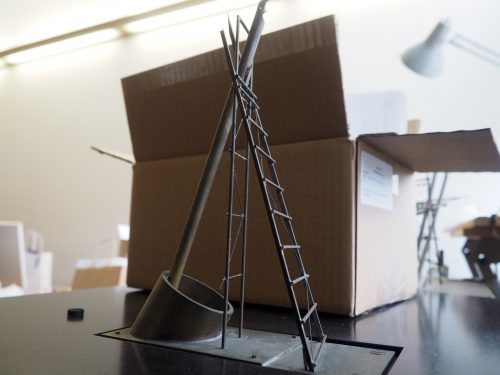
When we began asking questions, we came to understand the reason for this setup. This was his office, but he did not work there. Don considers this office as a professional academic office in which he prepares his classes and holds meetings.
Don described the studio as a space meant to be worked in alone, purely for artistic purposes. This was not that space. He describes his own studio as a unique mess that is filled with stuff.
He went on to describe the notebook as the fourth office.
But back to his office!
It turns out that the boxes were filled with books and other treasures that did not fit on his shelves. The volumes that line his shelves are books that in some way influenced his career as an architect and professor, and sit alongside trinkets and models.
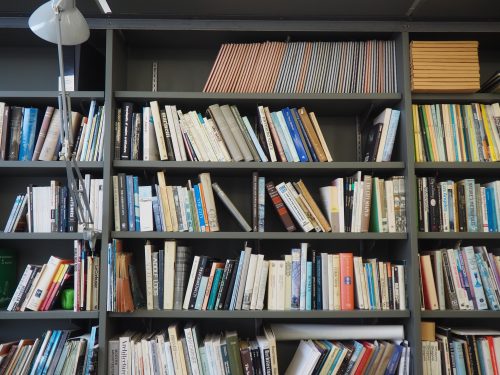
Read everything but architecture and see architecture in everything.
He spoke to us of his habit of reading a great number of books. He suggested that we should not see things on the surface, but for their deeper meaning and purpose.
Similarly, he encouraged us to see everything we’re interested in and speak to those who inspire us, which he said as he described some of the incredible pieces and artists he has encountered. He spoke of David Hockney and his photographic cubism created through his rough photos and process work that usually went unpublished.
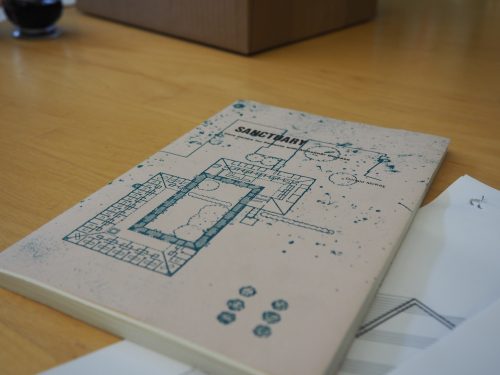
The interview soon diverged to the topic of the goal of design. We asked what goal a designer should have while designing.
Encourage someone for a second, minute, or lifetime to do something creative and realize they’re not limited. It should make someone say ‘I didn’t expect that!’ or ‘That’s amazingly curious.’
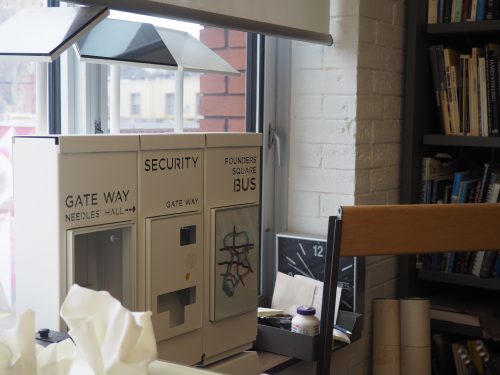
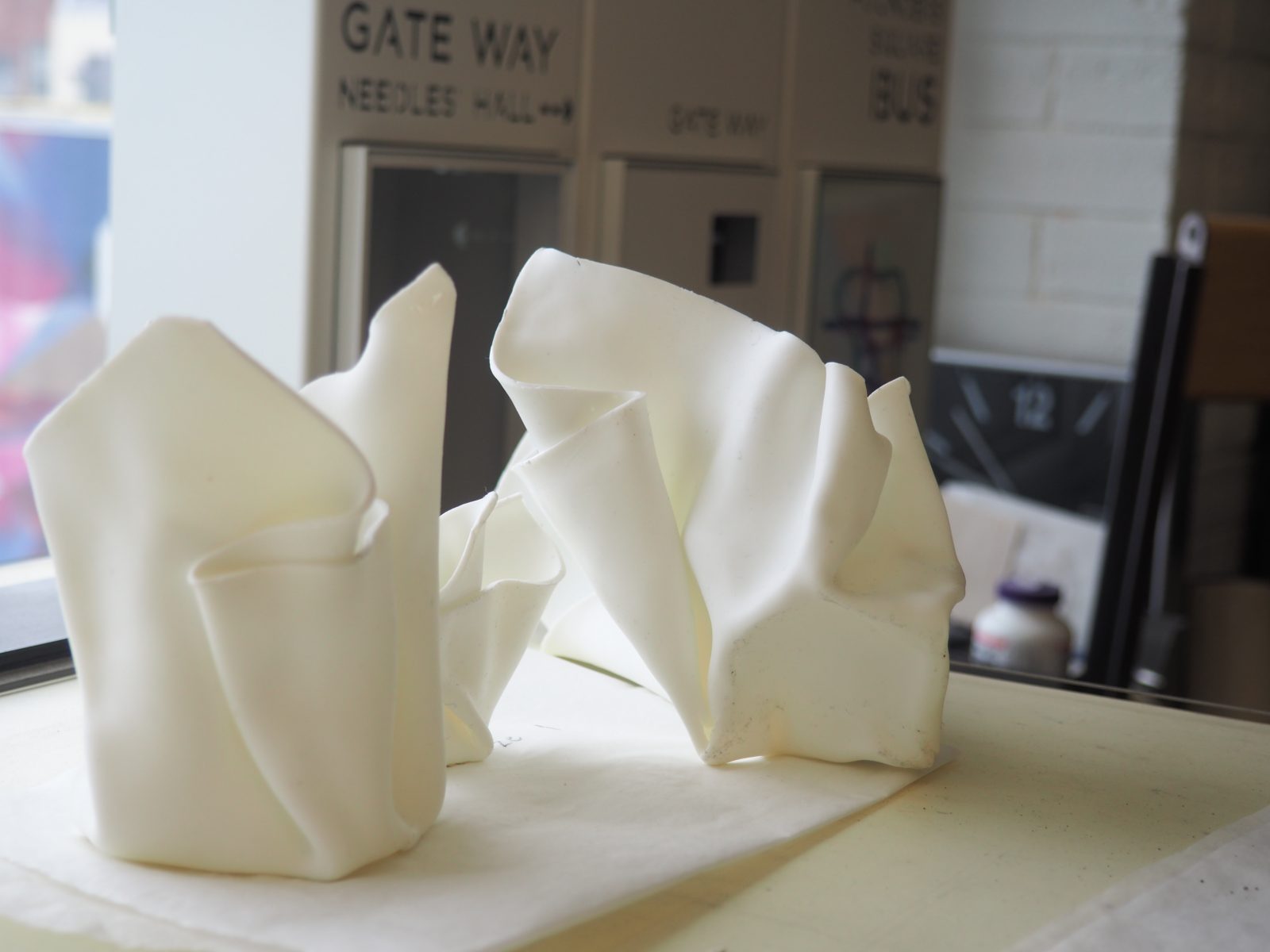
But back to his office!
We asked about a metal wire model on his desk that stood out from the rest. It was his entry to the Montréal Fountain competition in 1984. Throughout his design process, he tried to capture the monumental force water at the human scale. The design had come to him as a natural result of respecting and researching the surrounding environment.
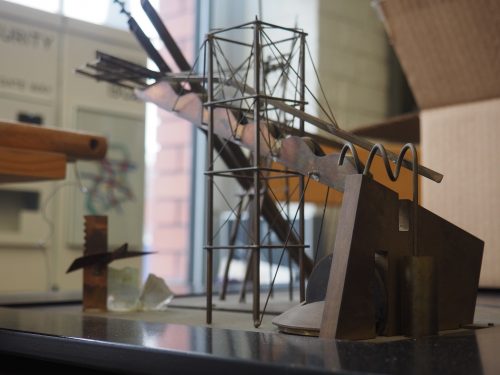
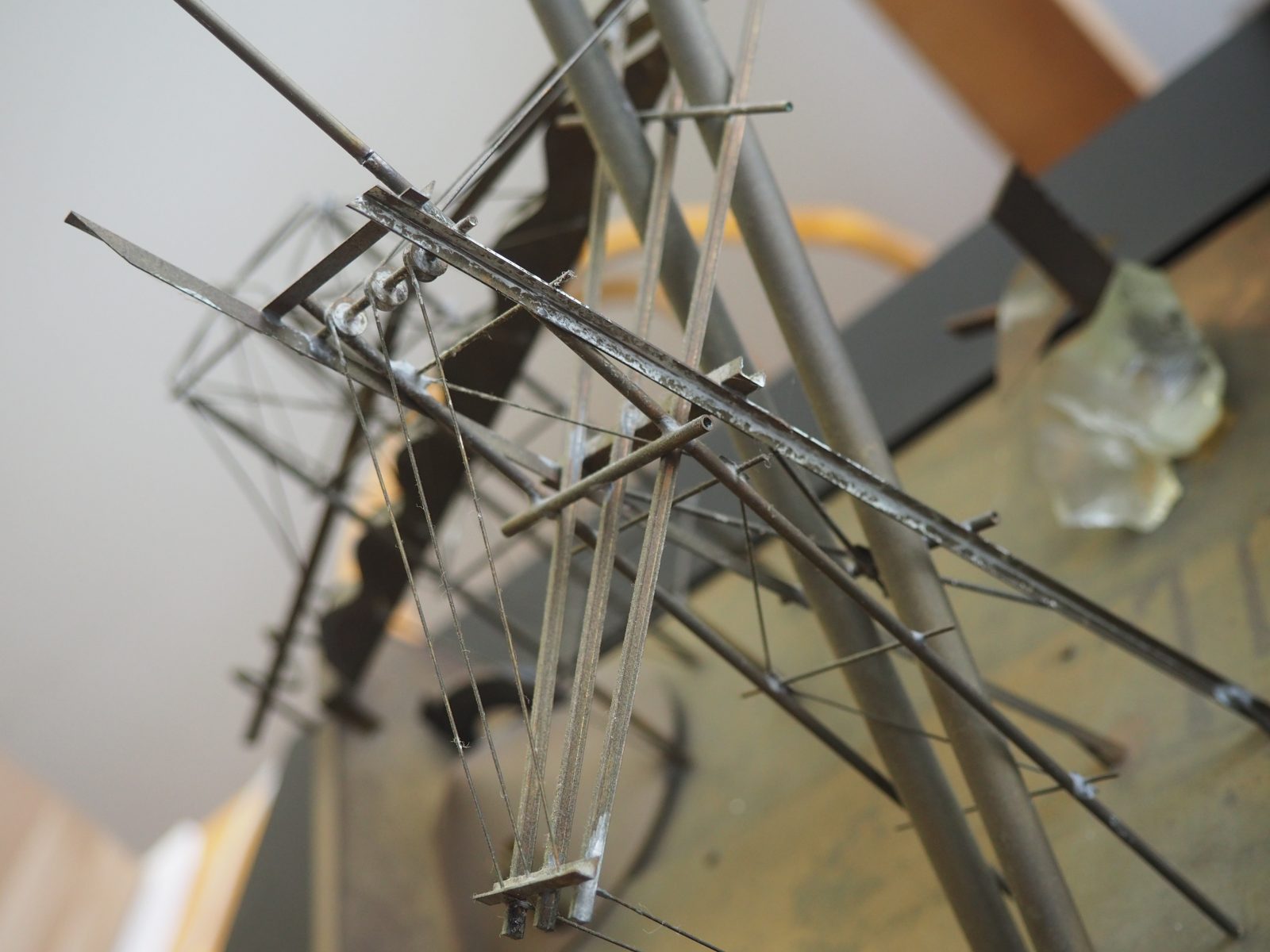
On a final note, he teased us with a thought, “You have to imagine someone out there is prepared just for your work.”
He told us we could knock anytime because he believes that “teaching is about talking,” while challenging us to get going because “architecture is about working.”
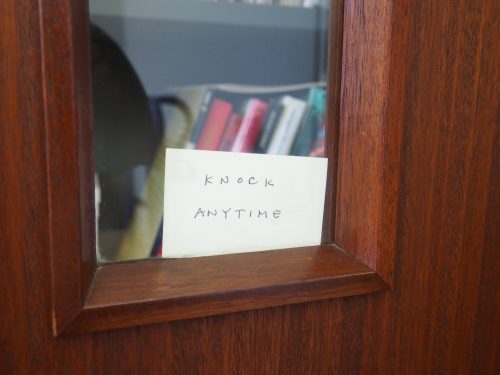


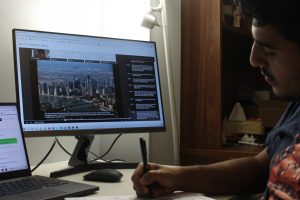
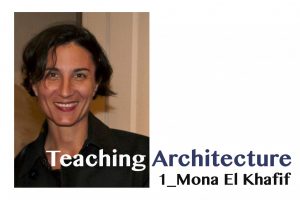

1 Comment
Leave your reply.